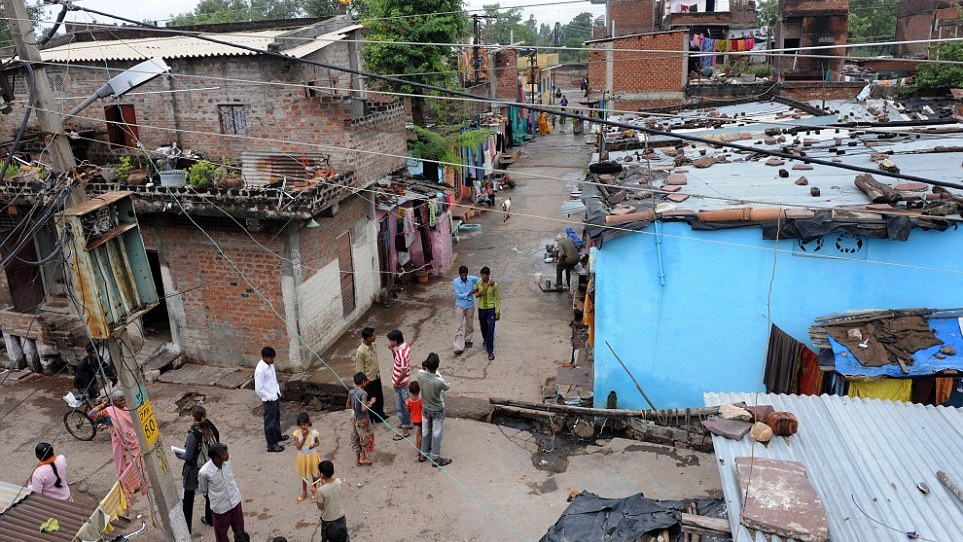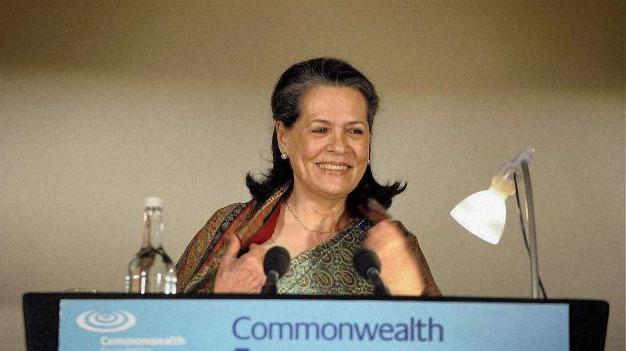With India topping the chart with $71 billion, remittances to the developing world are expected to grow by 6.3 percent this year to $414 billion and are projected to cross the half trillion mark by 2016.
With India topping the chart with $71 billion, remittances to the developing world are expected to grow by 6.3 percent this year to $414 billion and are projected to cross the half trillion mark by 2016.
India and China ($60 billion) alone will represent nearly a third of total remittances to the developing world this year, according to the World Bank’s revised estimates and forecasts.
The Philippines ($26 billion), Mexico ($22 billion), Nigeria ($21 billion) and Egypt ($20 billion) came next. The other large recipients include Pakistan, Bangladesh, Vietnam and Ukraine.
“These latest estimates show the power of remittances,” said Kaushik Basu, Senior Vice President and Chief Economist of the World Bank, noting that India’s $71 billion of remittances “is just short of three times the FDI it received in 2012.”
“Remittances act as a major counter-balance when capital flows weaken as happened in the wake of the US Fed announcing its intention to reign in its liquidity injection programme,” he said.
“Also, when a nation’s currency weakens, inward remittances rise and, as such, they act as an automatic stabiliser,” Basu said.
As a percentage of GDP, the top recipients of remittances in 2012 were Tajikistan (48 percent), Kyrgyz Republic (31 percent), Lesotho and Nepal (25 percent each) and Moldova (24 percent).
Remittance volumes to developing countries, as a whole, are projected to continue growing strongly over the medium term, averaging an annual growth rate of 9 percent to reach $540 billion in 2016.
Global remittances, including those to high income countries, are estimated to touch $550 billion this year and reach a record $707 billion by 2016, says the bank’s ‘Migration and Development Brief’.
“Remittances are the most tangible and least controversial link between migration and development,” said Dilip Ratha, manager of the Migration and Remittances Team at the Bank’s Development Prospects Group.
“Policymakers can do much more to maximise the positive impact of remittances by making them less costly and more productive for both the individual and the recipient country.”
The high cost of sending money through official channels continues to be an obstacle to the utilisation of remittances for development purposes as people seek out informal channels as their preferred means for sending money home.
The global average cost for sending remittances is 9 percent, broadly unchanged from 2012.
-IANS





